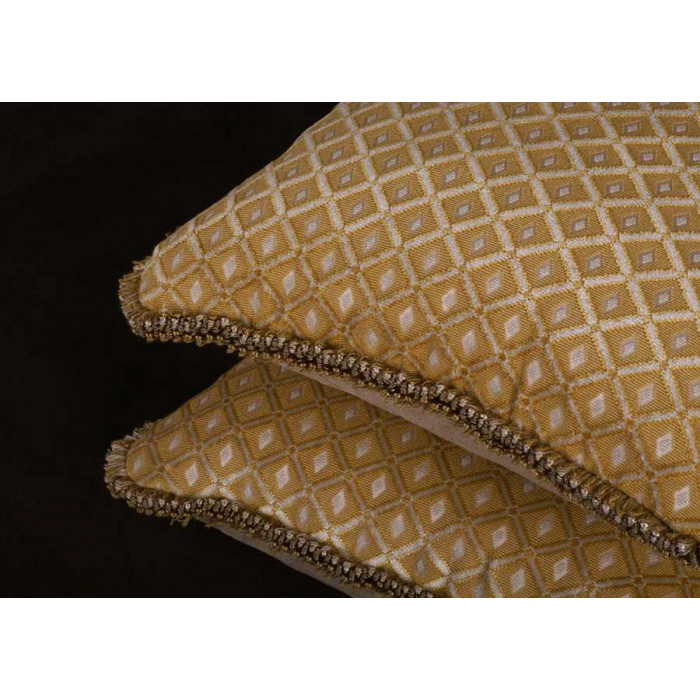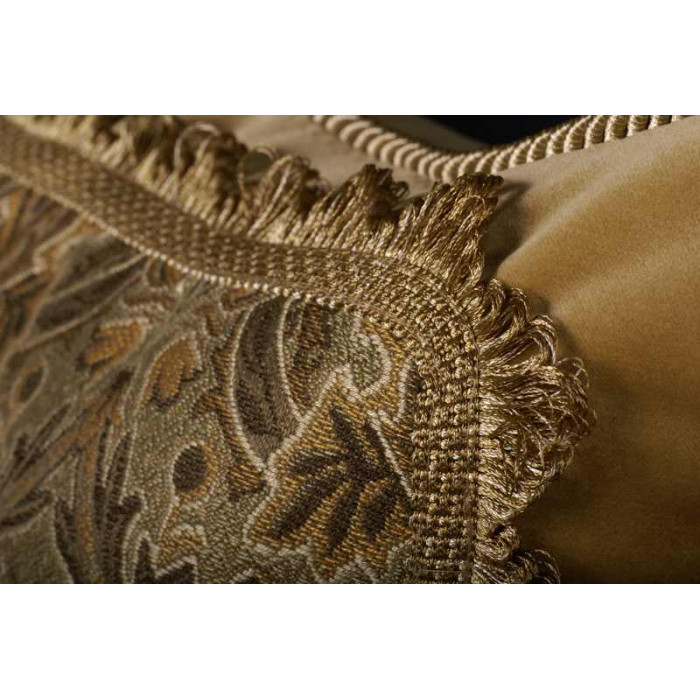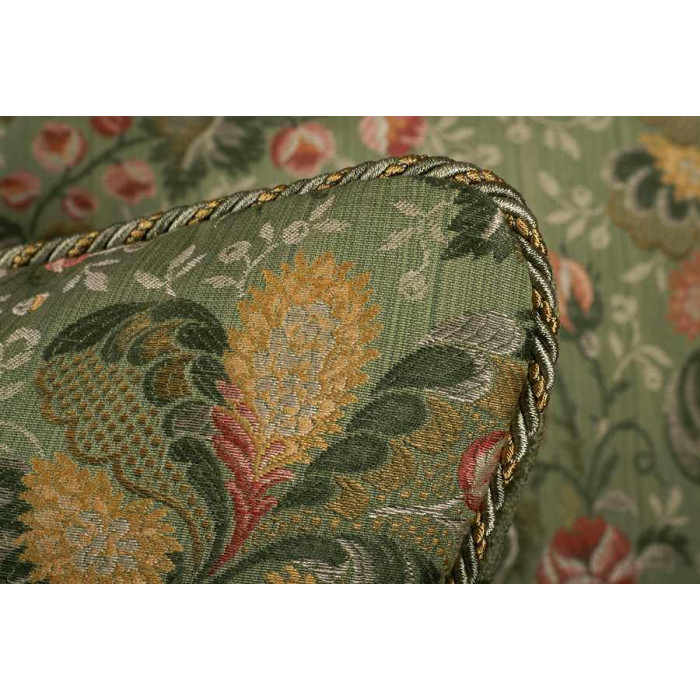

Mettacom (known as King Phillip by the English) succeeded Wumsutta who, after some conflicts over the colonists’ push to further encroach on Wampanoag land, led an uprising of Wampanoag, Pocumtuck, Narragansett and Nipmuc tribes against the English in an attempt to quell their swelling colonialism. The Wampanoag people believe he was poisoned. He denied that pledge, and mysteriously fell ill and died on his return trip home. In 1662, Oosameequan passed away, succeeded first by his son Wumsutta who was asked to come and pledge loyalty to the crown. “Within 50 years, the treaty between Plymouth Colony and the Wampanoag had become useless to Native people who were being oppressed by the same rule of the crown the pilgrims themselves had fled,” says Paula Peters. It is thought that this, in conjunction with the Wampanoags’ rivalry with the neighbouring Narragansetts, was a significant factor in Massasoit (great leader) Oosameequan establishing a historic peace treaty with the Mayflower passengers that would save the Europeans from starvation, but ultimately, lead to the colonists’ betrayal of the Wampanoags’ kindness. With them, the Europeans brought diseases that the Wampanoag had no immunity to, culminating in the “ Great Dying ” in 1616-1619 that resulted in a 90% mortality rate in coastal villages who were exposed to the most overseas contact.

The decimation in Wampanoag population numbers began in the late 1500s that saw ships cross the Atlantic from Europe to Wampanoag shores to trade with or enslave the people.
Old world weavers full#
These tribal bands are deemed “illegitimate” by the US government due to the policy of Federal Recognition, that pits tribes against one other for standing, denying access to funding as well as full sovereign rights as tribes. However, the Wampanoag population number has been reduced to about 4,000-5,000 people in the present day, with only 5 federally recognised tribes including Mashpee, Aquinnah, Herring Pond, Assonet and Chappaquiddick as well as approximately 50 other tribal bands across the US and the world. In 17th century Massachusetts and Eastern Rhode Island, there were around 40,000 Wampanoag people occupying 67 villages, who nurtured a reciprocal relationship with the land as expert hunters, gatherers, fishers and farmers during the warmer months of the year, then moving inland to shelter for the Winter months.


Photo credit: Clare Dawson (article author). The Wampanoag flag brings to mind the meaning of the Nation’s name, which in English translates to “People of the first light,” evoking the over 15,000 years that the Wampanoag have inhabited their area of the Earth, known to them as “Turtle Island.” On April 22, people of the Wampanoag Nation, including Mashpee, Aquinnah and Herring Pond tribal members and also a member of the Nipmuc Nation, gathered at the Mayflower Steps in Plymouth to be met by the city’s Lord Mayor, Sue Dann, proudly displaying their Nation’s flag, marking the beginning of a new narrative – one of truth, pride and justice.Ī moment of remarkable cultural and historical significance today.Īrriving in Plymouth UK earlier today, the people of the Wampanoag Nation displayed their flag in front of the Mayflower Steps. In the Photo: Theatre Royal Plymouth Wampanoag Nation Takeover sign. However, back in April, after 403 years, this acutely skewed cultural and historical narrative was finally given some vital equilibrium as members of the Wampanoag Nation, descendents of the first people that the pilgrims encountered on American shores, travelled to Plymouth, UK, to lead the “Wampanoag Nation Takeover” of the Theatre Royal Plymouth. Certainly it is difficult for many of us to look beyond the initial associations listed when the cultural narrative embedded in our monuments, postcodes and street names – from “Drake Circus,” on “Charles Street” here in Plymouth, the UK, to “Pilgrim Hall Museum” in “Plymouth County,” “New England,” the US – is insistent on telling us a one-sided, mythologised version of the Europeans’ arrival at the Wampanoag Nation’s shores.


 0 kommentar(er)
0 kommentar(er)
